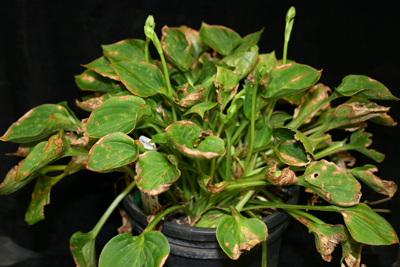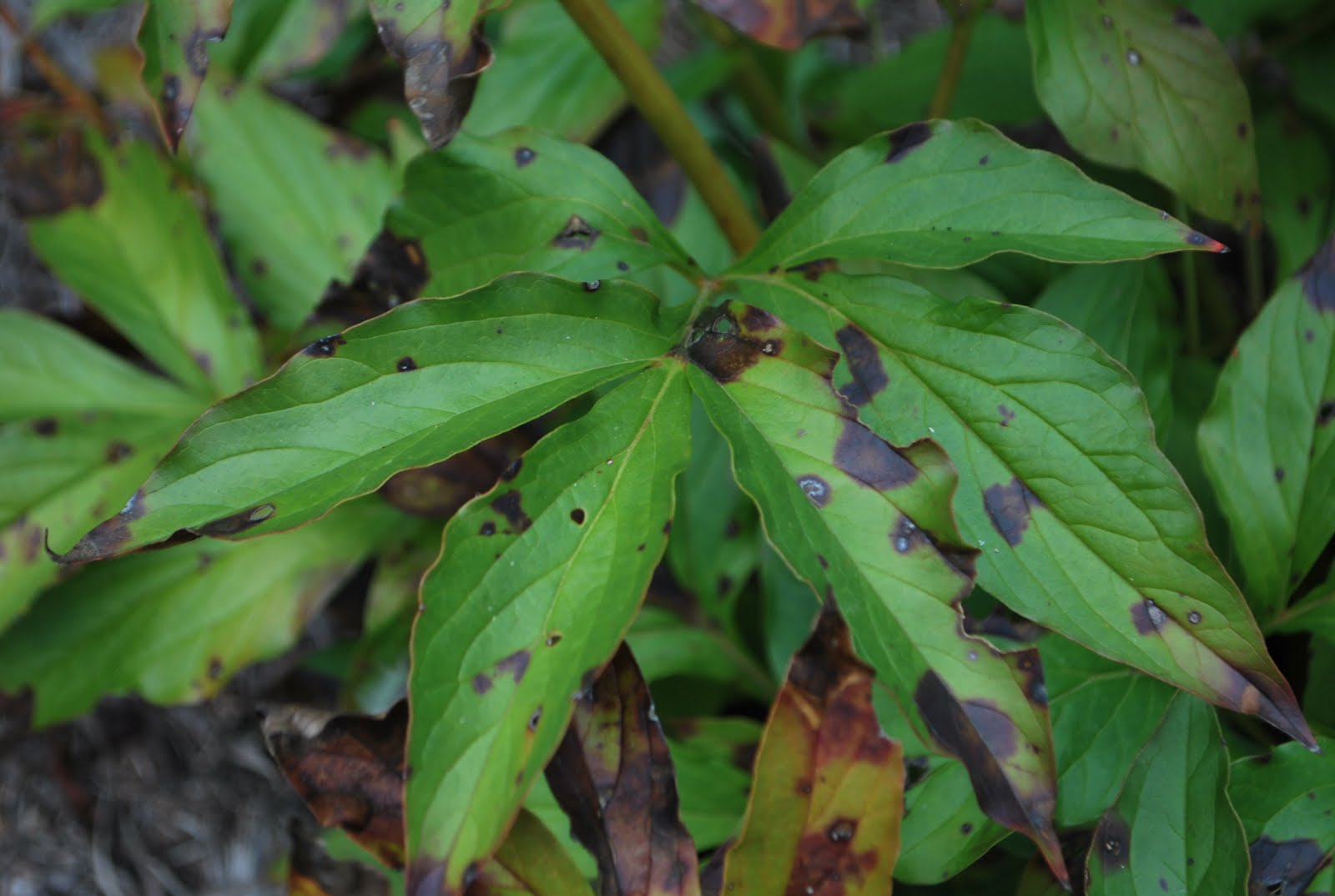

Mosaic or mottle ( Figure 5–11): Patchwork of colors, usually light-green, yellow, or dark-green, against the normal green background color of the leaf. Scorch ( Figure 5–10): Necrosis and desiccation of leaf tissue, starting at the margins. Wilting ( Figure 5–9): Loss of turgor in all or part of a shoot. Shot-hole ( Figure 5–8): Clean-edged, round to oval holes in leaves where necrotic spots have fallen out. Note that any well-defined dead area of a leaf, stem, or root can be called a “necrotic lesion.”Įxample of necrotic (dead) leaf spots with necrotic)( Figure 5–6): Death of plant tissue. If it is more pronounced between veins it is called “interveinal chlorosis.” chlorotic)( Figure 5–5): Yellowing of a normally green plant part. Symptoms are not unique to a particular disease as a specific symptom can be caused by a variety of pathogens.Ĭhlorosis ( adj. These are detailed in Tables 5–1a, 5–1b, and 5–2. In order to talk about diseases and disorders, we need a set of terms to describe plant abnormalities and pathoge n structures. Instead, all are normal plant structures and responses. Leaves on some evergreen trees (such as some hollies and magnolias) drop in the spring as new leaves expand homeowners new to North Carolina might become concerned if they expect leaves to shed only in the fall. The female cones on the tips of oriental arborvitae foliage look somewhat like galls ( Figure 5–4). The spore-bearing sori on the underside of a fern frond might be mistaken for insects ( Figure 5–3).

A deodar cedar might appear to be suffering from a nutrient deficiency because it has yellow-green leaves, but this coloring is normal for this cultivar ( Figure 5–2). For instance, patterns of light and dark colors on foliage can sometimes indicate disease, but color patterns can also be normal variegation in certain varieties of ornamentals ( Figure 5–1). Although this may seem obvious, some plants have characteristics or habits at certain stages of growth that can be mistaken for symptoms of disease. To recognize a plant problem, you must first know what the healthy plant looks like. Do not take cuttings infected plants.Healthy and Unhealthy Plants Skip to Healthy and Unhealthy Plants Apply etridiazole + thiophanate methyl or triflumizole to protect plants. Lower stems have sunken lesions when infected. Roots become dark brown and rot as microscopic spores form in the cells. Apply mefenoxam or fosetyl-Al to protect healthy plants. Lower leaves wilt, leaves fall and the plant dies. If plants are not flowering, chlorothalonil can be applied. Sometimes, heavy gray growth develops.Īpply triflumizole to protect plants. White, mealy fungal growth develops on the top of leaves. Apply etridiazole + thiophanate methyl to protect plants. Stems at the soil line die and plants collapse. Propagate and plant in pasteurized potting media. Plants are stunted and have many short shoots at the crown.ĭiscard infected plants. Remove fading flowers and yellowing leaves. Reduce humidity and maintain good air circulation. Apply iprodione, mancozeb, or triflumizole to protect plants.

Target-like spots, often with purple or dark- colored borders form on the leaves.


 0 kommentar(er)
0 kommentar(er)
